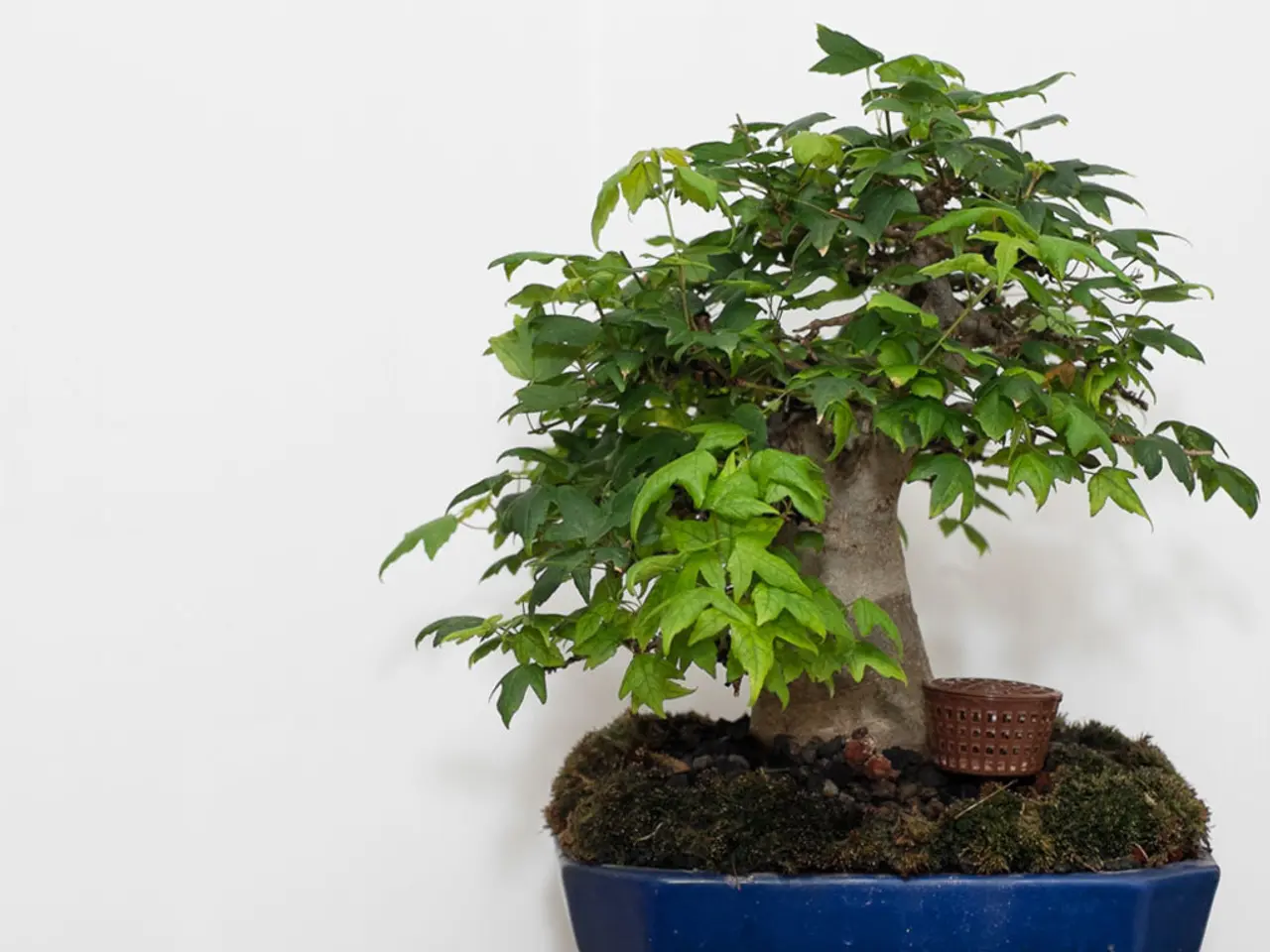Guide to Selecting Bonsai Based on Climate and Growing Conditions
Bonsai cultivation is an art form that harmonizes with nature, as species selection aligns with local climate and conditions. By understanding the specific climate requirements of various Bonsai species and creating suitable microclimates for their cultivation, you can ensure the health and aesthetic success of your miniature trees.
Recommended Bonsai Species for Climate Zones and Regions:
| Species | Climate Zone/Region | Growing Conditions & Notes | |-----------------------|----------------------------------------|-------------------------------------------------------------| | Japanese Black Pine (Pinus spp.) | USDA zones 5 to 8 (temperate with cold winters) | Outdoor trees; develop classic windswept, ancient mountain look; slow-growing, ideal for styles like windswept, cascade, literati[1]. | | Juniper (Juniperus spp.) | USDA zones 3 to 9 (wide range from cold to warm) | Hardy outdoor evergreen; suitable for varied climates, dramatic styles; very adaptable[1]. | | Japanese Maple (Acer palmatum) | Cool to temperate zones; outdoor | Likes morning sun and dappled afternoon shade; prefers consistent moisture but no soggy roots; valued for seasonal color changes[3]. | | Trident Maple (Acer buergerianum) | Mild to warm temperate zones; outdoor | Rugged, tolerant of dynamic bonsai styles; needs regular watering especially in summer[3]. | | Chinese Elm (Ulmus parvifolia) | Temperate; outdoor | Very hardy and versatile, can adapt to indoor with proper light and humidity[3]. | | Dwarf Black Olive (Bucida spinosa)| Tropical coastal (e.g., southern Florida) | Tropical broadleaf evergreen; suited for warm, frost-free climates; can be grown indoors in cooler zones[5]. | | Succulent species (e.g., Echeverias)| Warm climates or indoor as houseplants | Suitable for warm areas outdoors or indoors where temperature is controlled; drought tolerant[4]. |
Creating Suitable Microclimates for Indoor and Outdoor Bonsai:
For Outdoor Bonsai:
- Select Species Compatible with Local Climate: Use cold-hardy species like Juniper in colder zones; Pine or Maples in temperate areas; tropical species outdoors only in frost-free zones[1][3][5].
- Shelter and Wind Protection: Place bonsai to avoid harsh winds; e.g., behind fences, near buildings.
- Seasonal Protection: Use frost cloths or move pots to sheltered locations during winter in colder zones.
- Soil and Drainage: Ensure well-draining soil to avoid root rot.
- Watering and Humidity: Adjust watering to local rainfall; humidify or mist during dry spells.
For Indoor Bonsai:
- Light: East- or west-facing windows are best to provide bright indirect light; many bonsai species actually do better with outdoor conditions, so indoor bonsai require fairly intense light[1].
- Humidity: Indoor air is often dry; use humidity trays or mist regularly.
- Temperature: Maintain stable temperatures mimicking native climates; tropical species need warmer, stable conditions, while temperate species may require some seasonal chilling (which is difficult indoors).
- Air Circulation: Ensure good airflow but avoid direct drafts.
- Supplemental Lighting: Use grow lights if natural light is insufficient.
Summary:
- Match bonsai species to your USDA hardiness zone or regional climate: Pines and Junipers suit cooler temperate outdoor areas; Maples require mild temperate climates; tropical species like Black Olive bonsai are for warm or indoor protected cultivation.
- For outdoor cultivation, create microclimates using wind protection, frost protection, and proper site selection.
- For indoor cultivation, prioritize bright indirect sunlight, humidity control, stable temperature, and air circulation, while keeping in mind that many bonsai plants thrive better outdoors and indoor bonsai may need special care to simulate their natural environment[1][3].
When facing extreme weather fluctuations, selecting a Bonsai species tolerant of temperature and humidity swings is vital. Through deliberate matching of species to climate, the boundaries of Bonsai artistry expand, yielding a kaleidoscope of possibilities for these living, breathing works of art. The understanding of a Bonsai species' specific climate requirements can help create a suitable microclimate that mirrors their natural habitat. Bonsai techniques such as shading, wind protection, and humidity control can be used to craft a microclimate that mirrors the tree's native environment.
- To enhance the home-and-garden lifestyle, select Bonsai species that align with your regional climate for both outdoor and indoor cultivation. For instance, Pines and Junipers are ideal for cooler temperate outdoor areas, while Maples require mild temperate climates, and tropical species like Black Olive bonsai are well-suited for warm or indoor protected cultivation.
- For a thriving garden or indoor bonsai collection, remember to create suitable microclimates for each species by mimicking their natural habitat. This can be achieved through shading, wind protection, and humidity control for outdoor Bonsai, while indoor Bonsai benefit from bright indirect sunlight, humidity control, stable temperature, and air circulation, simulating their native environment.




